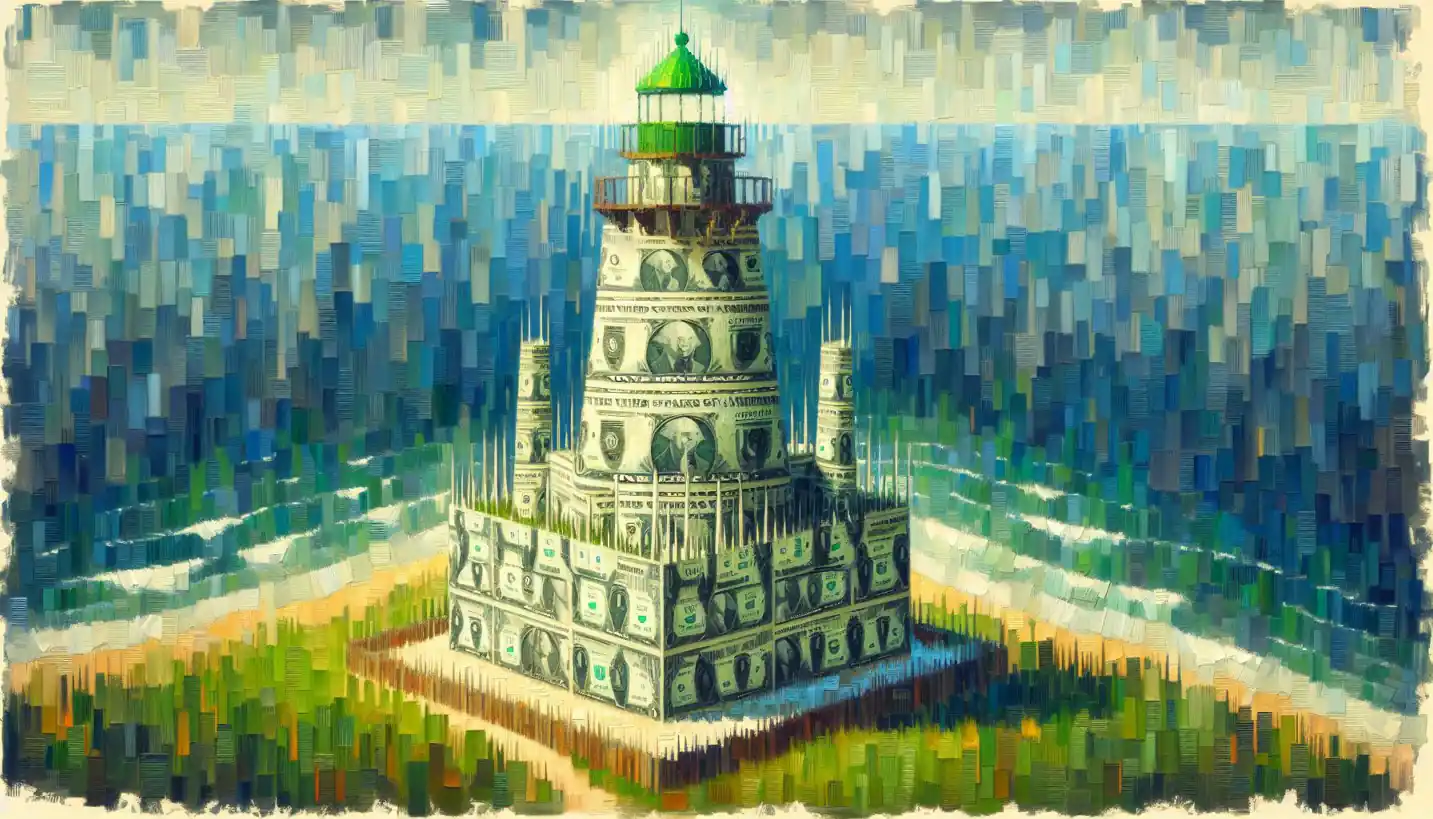· Economics · 5 min read
Stag Hunt: Exploring the Intricacies of Cooperation
The Stag Hunt game shows how cooperation and risk-taking play out in strategic settings. Discover the balance between mutual trust and personal gain that defines this intriguing game.

Picture this: you’re in a forest with a group of friends, and you have the choice to hunt a stag or a rabbit. The stag is a big prize, but you need everyone’s cooperation to catch it. The rabbit, on the other hand, is small but can be caught alone. This scenario captures the essence of the Stag Hunt, a fascinating concept in game theory and economics that deals with cooperation and trust.
What is the Stag Hunt?
The Stag Hunt is a classic example in game theory, a field of study that explores strategic interactions where the outcomes depend not just on your actions, but also on the actions of others. In this game, players must often decide whether to cooperate for a large reward or act individually for a smaller, but guaranteed gain.
The idea was popularized by philosopher Jean-Jacques Rousseau in the 18th century. He used it to illustrate the benefits and challenges of social cooperation. If everyone works together to hunt the stag, they all get a significant reward. However, if someone chooses to hunt the rabbit for immediate satisfaction, the group effort fails, leading to less reward overall.
Why Stag Hunt Matters in Economics and Beyond
The Stag Hunt is not just a thought experiment; it is relevant to real-world situations and decision-making processes. In economics, it helps explain the dilemma of collective action, where individuals must balance self-interest against the benefits of collaboration.
Imagine a group of countries working to combat climate change. If they all commit to reducing emissions, the planet benefits greatly. However, if one country decides to ignore emissions for economic growth, others might follow, leading to worse outcomes for everyone. This kind of decision mirrors the dynamics of the Stag Hunt.
Furthermore, businesses face similar situations. Companies may choose to cooperate for long-term benefits, like investing in sustainable practices, or compete for short-term profits. Understanding how cooperation can lead to better outcomes is vital for policymakers, businesses, and communities.
Diving Deeper into Game Theory
Game theory, the backbone of the Stag Hunt, is a powerful analytical tool. It explores strategic situations through mathematical models, providing insights into human behavior. The models can show how people might act in competitive or cooperative settings, and they have applications in fields like economics, political science, and psychology.
The Stag Hunt is just one type of game. Others, like the Prisoner’s Dilemma and the Nash Equilibrium, also examine cooperation, competition, and decision-making. What makes the Stag Hunt unique is its emphasis on coordination and the importance of mutual trust.
Real-World Examples of the Stag Hunt
Take environmental conservation efforts as an example. Many species are on the brink of extinction, and countries must work together to protect habitats. If all nations coordinate and adhere to agreements, it’s like successfully hunting the stag. But if some opt to exploit resources for immediate gain, they undermine global conservation efforts, similar to chasing rabbits in the forest.
In technology, the development of open-source software is another example. When developers work together and share their work freely, they create robust, innovative tools that benefit everyone—akin to catching a stag. However, if some decide to hoard their work for personal gain, it leads to fragmented, less effective solutions.
Trust and Communication in the Stag Hunt
For the Stag Hunt to succeed, trust and communication are crucial. Players must believe others will cooperate; otherwise, fear of defection can cause them to choose the safe but less rewarding option. This scenario is common in international trade agreements, where communication and trust-building are essential for successful cooperation.
Consider the global response to pandemics. Countries benefit from sharing data and resources. If they trust each other and communicate effectively, they can develop coordinated strategies to combat the disease, much like working together to hunt the stag.
The Future of Cooperation
The Stag Hunt prompts intriguing questions about the future of cooperation. How can societies foster environments where trust and collaboration are the norms? This question is vital in a world where global challenges require collective efforts.
Technological advancements, like blockchain, offer potential solutions by creating systems that enhance transparency and trust. Governments, organizations, and individuals can learn from these models to build a future where cooperation yields the greatest rewards.
Conclusion
The Stag Hunt is more than just a game; it’s a lens through which we can examine human behavior and the importance of cooperation. From environmental conservation to global health, the lessons of the Stag Hunt are applicable worldwide. By understanding and embracing these principles, we can work towards a future where collaboration is central to solving our biggest challenges, benefiting everyone involved.
By talking about the Stag Hunt in various contexts, we can spark interest and drive curiosity about game theory. After all, the decisions about whether to hunt the stag or the rabbit mirror many choices we face today. The next time you face a decision to cooperate or compete, think about Rousseau’s forest, and consider what could be achieved if everyone worked together.


